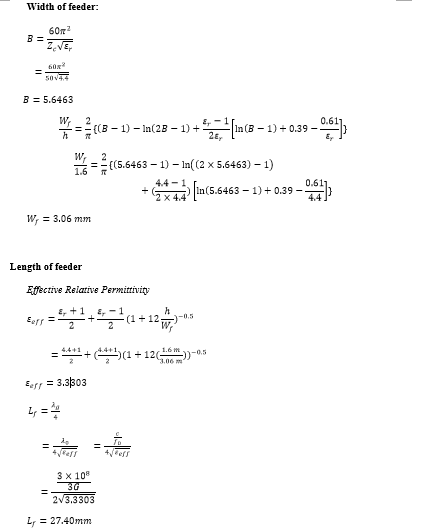Some of the disccussion and conclusion had been make for this rectangular microstrip antenna project:
- Antenna is a device used for radiating and receiving an electromagnetic wave in free space. The antenna works as an interface between transmission lines and free space.
- Antenna feeding technique can generally divide into two categories which are contacting and non-contacting. The four most popular feed techniques used in patch antenna are the microstrip line, coaxial probe (both contacting schemes), aperture coupling and proximity coupling (both non-contacting). In our project, we used microstrip line feed which is a feeding method where a conducting strip is connected to the patch directly from the edge.
- The correct length of inset feed will have the lowest reflection coefficient. Shorter or longer inset cut will increase the reflection coefficient. We extend the length from 5.82mm to 5.94 mm to shift back the S11 parameter.
- Reducing the antenna width,Wp will increase the antenna resonance frequency. Increasing the length,Lp will reduce the resonance frequency. Excessive reduction or increment will increase reflection coefficient.
- In most cases, the radiation pattern is determined in the far-field region and is represented as a function of the directional coordinates. It provides an information which describes how an antenna directs the energy it radiates and it is determined in the far field region .
- Input impedance was defined as “the impedance presented by an antenna as its terminals” or “the ratio of the voltage current at a pair of terminals”. Impedance matching depends on the inset width.
Conclusion
j In conclusion, the objectives had been achieved.
Furthermore, we have master in CST Microwave Studio in order to design the rectangular
microstrip patch antenna. Besides this, it give an experinced on how to design
the actual antenna rather than studied the theoritical knowledge of the antenna













